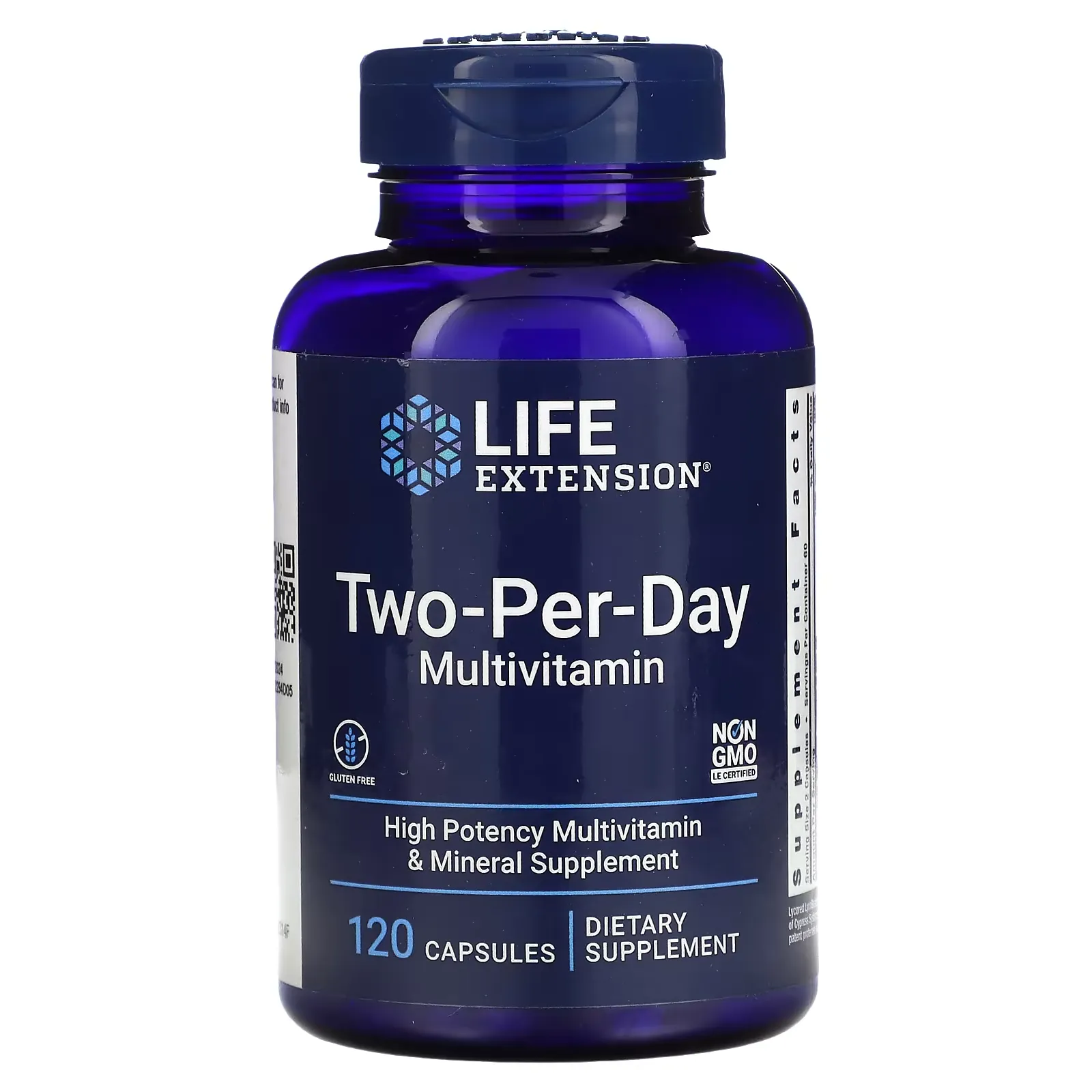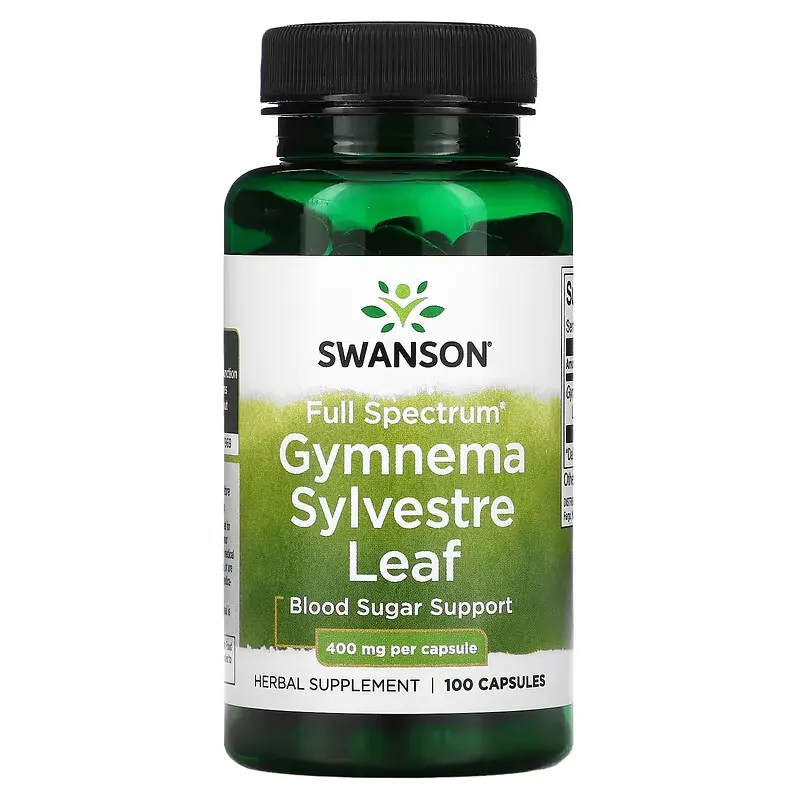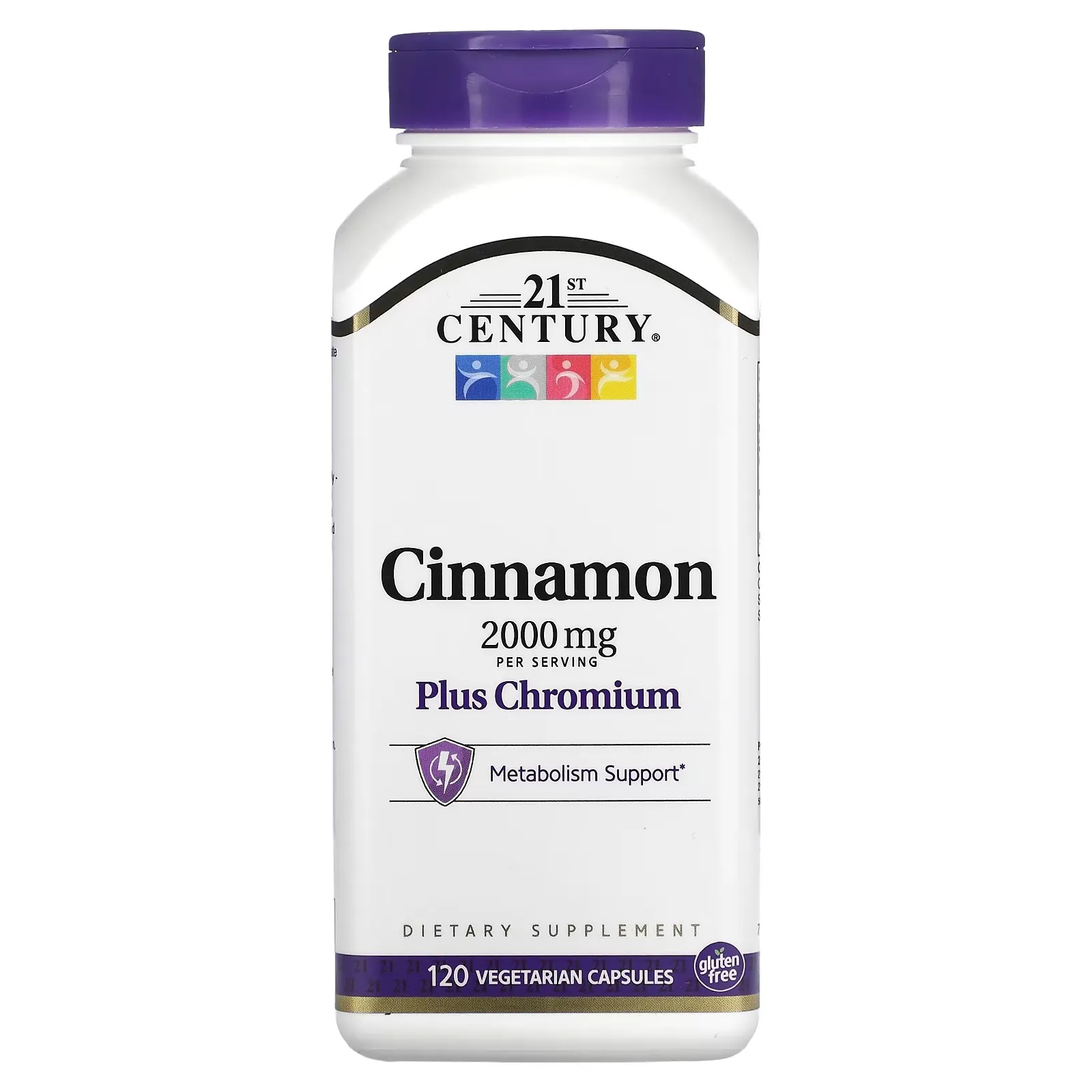Spoilers for this article
- ashwagandha (type of Indian cactus)impact on blood glucose and related health indicators and the scientific basis for this impact.
- ashwagandha (type of Indian cactus)Advantages and disadvantages of ingestion, and effects of constitution and genes
- Comparison with other blood sugar lowering herbs (cinnamon, gymnema, etc.), recommended intake and products
“ashwagandha (type of Indian cactus)I've heard that it can help with blood sugar?"
"What are some ways to prevent diabetes?"
"I want to find out if there are other ways to control my blood sugar, not just medications."

This article is for those who are interested in this topic.
If you are having trouble controlling your blood glucose levels orstressThose who feel that they are more likely to feel
ashwagandha (type of Indian cactus)This presentation will explain the scientific basis of the relationship between blood glucose levels and how it is used in daily life.
Read this article to find out how to get one step closer to a healthier life. Find out how you can improve your blood glucose andstressIf you are interested in the following, please read to the end.
What is ashwagandha in the first place?

ashwagandha (type of Indian cactus)(scientific name: Withania somnifera Dunal) has been used for thousands of years in Ayurveda, the traditional medicine of India, to treat both physical and mental health problems.stressThe herb has been used as an effective medicine, tonic, and even aphrodisiac.
Nowadays, the effectiveness of these products has been proven by modern science through various clinical studies, and they are attracting attention.
The fruit is an evergreen shrub of the eggplant family. The name comes from the horse's (ashwa) smell (ganda).
Some say it is named after the robust vigor of horses.
▼Recommended Articles

What is blood glucose level?
What is Blood Sugar Level (Blood Sugar Level)?Blood of the human bodyliquidConcentration of glucose (sugar) inrefers to the

This number is closely related to daily health status, which is influenced by hormones such as diet, exercise, and insulin.
Important roles and reference values
When blood glucose levels are maintained in the normal range, various body cells produce energy efficiently and the entire body functions smoothly.

The general blood glucose standards are as follows
| condition | Blood glucose (mg/dL) |
|---|---|
| fasting | 70 – 110 |
| 2 hours after meal | < 140 |
Risk of hyperglycemia and hypoglycemia
If blood glucose levels are too high, the risk of diabetes increases.

hyperglycemiaIf the condition persists, health problems such as cardiovascular disease, nerve damage, and vision loss may occur.
On the other hand.hypoglycemiais also dangerous. Lack of energy can cause dizziness, heart palpitations, and in the worst case, coma or loss of consciousness.

Maintaining proper blood glucose levels is critical to good health.
In particular, symptoms of hyperglycemia or hypoglycemia require medical diagnosis and treatment.
Relationship between ashwagandha and blood sugar levels
ashwagandha (type of Indian cactus)is one of the herbs of Ayurveda that has been studied for its many health benefits.

It is also believed to have a beneficial effect on blood sugar stability.
Mechanism of Ashwagandha's Effect on Blood Sugar
ashwagandha (type of Indian cactus)isHelps insulin workcomponent, and this mechanism helps regulate blood glucose levels.
In a 2008 study on rats with induced NIDDM (non-insulin-dependent diabetes mellitus),ashwagandha (type of Indian cactus)(Withania somnifera) water extracts (200 mg/kg and 400 mg/kg) were administered once daily for 5 weeks.
As a result, the following changes were identified
- blood sugar levelsignificantly decreased.
- HbA1c (glycated hemoglobin)Levels have dropped.
- Insulin sensitivity index (K(ITT))significantly improved.

This data is,ashwagandha (type of Indian cactus)may improve insulin sensitivity.
In addition, thestressIt has the effect of reducing thestressis also useful in cases affecting high blood sugar.

Evidence from scientific research
Several scientific studies,ashwagandha (type of Indian cactus)is investigating the effect on blood glucose levels.
In a 2009 study, in rats in which diabetes was induced by alloxan,ashwagandha (type of Indian cactus)Consumption of root and leaf extracts (WSREt and WSLEt) significantly normalized blood glucose and HbA1C levelsThe company confirmed that it had made the client's

Also in this experiment,Liver, kidney and heart lipid levels also significantly improvedThe first time the company was founded, it was a "new" company.
Other health indicators related to blood glucose levels (HbA1c, insulin sensitivity, etc.)
ashwagandha (type of Indian cactus)as well as blood glucose levels and insulin sensitivity,HbA1cIt has also been reported that this may have an impact on
- HbA1c (Hemoglobin A1c)
-
Hemoglobin A1c (HbA1c) is an index that reflects average blood glucose levels over the past two to three months.
The amount of sugar bound to red blood cells is measured to evaluate the state of blood glucose control over a period of time.
Higher HbA1c levels usually indicate a higher risk of diabetes and possible long-term health problems.
Notes,ashwagandha (type of Indian cactus)may not suit some peopleThe following is a list of the most common problems with the
It is especially important to consult with your physician if you are already using diabetes medications.

Like this,ashwagandha (type of Indian cactus)may have a positive impact on several health indicators, including blood glucose levels, but its use should be used with caution.
Comparison with other blood sugar lowering herbs
Fenugreek
Fenugreek.Increase insulin sensitivityIt has been reported that
In particular, it may affect both blood glucose and insulin levels in patients with type 2 diabetes.
A 2014 study (meta-analysis) found the following results in comparison to a control group when fenugreek (Trigonella foenum-graecum L.) seeds were consumed for at least one week
- Fasting blood glucose: -0.96 mmol/l improvement on average (10 studies)
- Post-load blood glucose at 2 hours: -2.19 mmol/l improvement on average (7 studies)
- HbA1c: -0.851 TP3T improvement on average (3 studies)

This result was significant only when diabetic patients consumed medium to high amounts of fenugreek.
important point
Large doses may cause gastrointestinal upset.

The risk increases especially with the amount of food ingested per day.
Gymnema Sylvestre.
For Gymnema sylvestre,Activation of insulin and inhibition of sugar absorptionThere are

It is particularly likely to help manage blood glucose levels in patients with type 2 diabetes.
In a 1990 study, GS4 (from Gymnema sylvestre leaves) as a complement to the usual oral antidiabeticessence) under conditions of 18-20 months of intake,Significant decreases in blood glucose, glycated hemoglobin, and glycated plasma proteinThe company confirmed that it had

Five patients were reported to have discontinued their usual medications and were able to maintain glycemic homeostasis with GS4 alone.
important point
Gymnema sylvestre is a good choice for some people.May cause hypoglycemiaThere are
Therefore, caution should be exercised if blood glucose levels are already low or if the drug is used in combination with other blood glucose-lowering medications.

This point isashwagandha (type of Indian cactus)It is the same as
With a 2,000-year track record dating back to ancient India, this herb has the power to stabilize glucose.
It is offered by a highly reliable manufacturer established in 1969 with excellent safety and quality.
Cinnamon
Cinnamon is,Improve insulin sensitivityThis characteristic is known as

This is expected to stabilize and improve blood sugar levels.
In a 2010 study, 58 patients with type 2 diabetes (25 men and 33 women, mean age 54.9 ± 9.8) consumed 2 g of cinnamon or placebo daily for 12 weeks under conditions that confirmed the following results
- HbA1c significantly decreased from 8.221 TP3T to 7.861 TP3T(8.551 TP3T to 8.681 TP3T for the control group).
- Significant reduction in systolic blood pressure (SBP) from 132.6 mmHg to 129.2 mmHg and diastolic blood pressure (DBP) from 85.2 mmHg to 80.2 mmHgThe control group had systolic: 134.5 to 134.9 mmHg and diastolic: 86.8 to 86.1 mmHg.

These results indicate that cinnamon consumption significantly improves HbA1c, SBP, and DBP values.
important point
Cinnamon is for the liver.Potential for burdenIt is important to observe the proper dosage because there are

Consult with a physician, especially if you have liver problems or if you are taking it with other medications.
A healthy diet combined with exercise supports the conversion of sugar and carbohydrates into energy.
It is quality-assured, gluten-free, and free of sugar and preservatives.
Berberine
Berberine is,Increased insulin sensitivityandDecrease in blood glucose levelshas been confirmed.
A 2008 study of 36 adults with newly diagnosed type 2 diabetes who were given berberine or metformin (0.5 g three times a day, once a day) over a 3-month period confirmed the following
- Hemoglobin A1c decreased from 9.51 TP3T ± 0.51 TP3T to 7.51 TP3T ± 0.41 TP3T (P<.01)
- Fasting blood glucose decreased from 10.6±0.9 mmol/L to 6.9±0.5 mmol/L (P<.01)
- Postprandial blood glucose decreased from 19.8±1.7 mmol/L to 11.1±0.9 mmol/L (P<.01)
- Blood triglyceride level decreased from 1.13 ± 0.13 mmol/L to 0.89 ± 0.03 mmol/L (P<.05)
These results indicate that berberine is a potent oral hypoglycemic agent with beneficial effects on blood glucose and lipid metabolism in patients with type 2 diabetes.
important point
For Berberine,May cause hypertension and arrhythmiahas been reported.
Consultation with a physician is required, especially if you have existing problems related to your heart or blood pressure.
It is Isura certified, non-genetically modified and mass spectrometry verified.
Manufactured by Natural Factors, this high-quality product is also FDA and Health Canada GMP compliant.
How to use ashwagandha in daily life
Ashwagandha and diet: optimal timing of intake
- Before breakfast
- on an empty stomachashwagandha (type of Indian cactus)may increase its absorption efficiency.
- after a meal
- If you have a sensitive stomach or are taking it for the first time, take it after a meal to reduce the burden on the stomach.
- before retiring
- ashwagandha (type of Indian cactus)has also been reported to have a restful sleep effect, so taking it before bed can help you get a good night's sleep.sleepmay be able to support the
Recommended Product "Jarrow Formulas, Ashwagandha, 120 Veggie Capsules"

Here are the products we recommend.
Buy through this link and automatically save 10% or more in your cart.
High quality used in official clinical trialsKSM-66Made of ®. 120 grains.

Consumption of this product may improve the total experience, from blood sugar management to mental health.
Refer to the above utilization and product introduction,ashwagandha (type of Indian cactus)in your daily life.
summary

How was it? I would like to conclude by summarizing the contents of this article.
Summary of this article
- ashwagandha (type of Indian cactus)and blood glucose: Fasting blood glucose.12.5% MukaiThe effect is to make the
- Comparison with other herbs: Compared to cinnamon and gymnema,ashwagandha (type of Indian cactus)has also been confirmed to have certain effects.
- Applications in daily life: I recommend Jarrow Formulas, Inc. ashwagandha (type of Indian cactus)veggiecapsule120 grains". Compatibility with meals and optimal timing of intake are also explained.
- Comprehensive strategy for blood glucose control: ashwagandha (type of Indian cactus)A multifaceted approach is needed, including
- Q&A Corner: Some people with normal blood glucose levelsashwagandha (type of Indian cactus)The information provided indicated that it is possible to take the

That's all for this article. Thank you for reading to the end.
Disclaimer
This site is primarily intended toashwagandha (type of Indian cactus)to provide information about the results of the study and not to provide medical advice.
It is not intended to diagnose, treat, or prevent any specific disease or condition.
Always follow professional advice when using the information on this site.
We also cannot be held responsible for any loss or damage that you may suffer as a result of acting on the basis of the information on this site.
Use of AI in Content Generation
This website uses AI-based automatic generation for some content.
The information generated by this automatic generation is checked against actual references and articles, and great care is taken to ensure accuracy and reliability.
It is also intended to enhance the transparency and credibility of this site by appropriately disclosing content created through automatic generation.
We believe that this site can provide richer and more useful content through automation and AI-based content creation, which will enable us to provide information more quickly and accurately.








